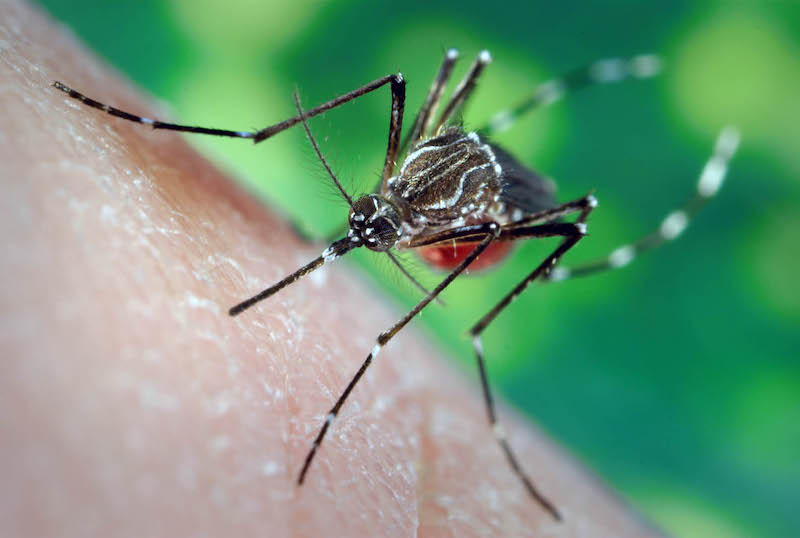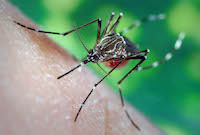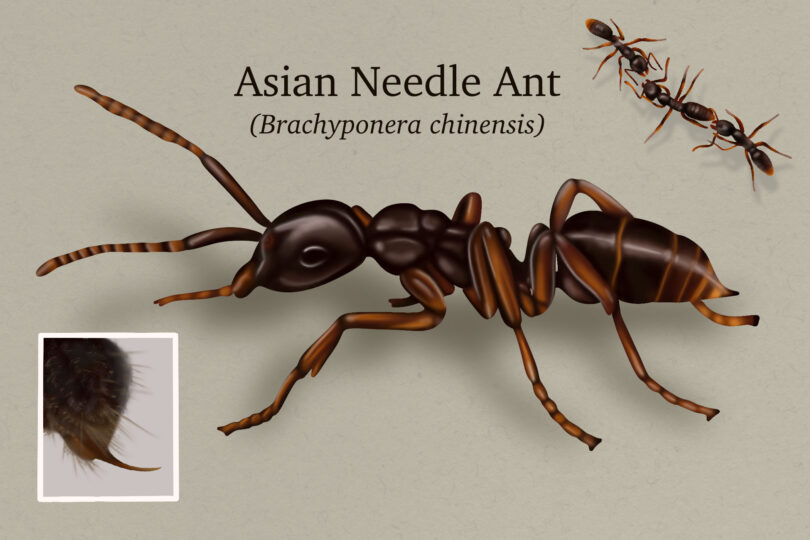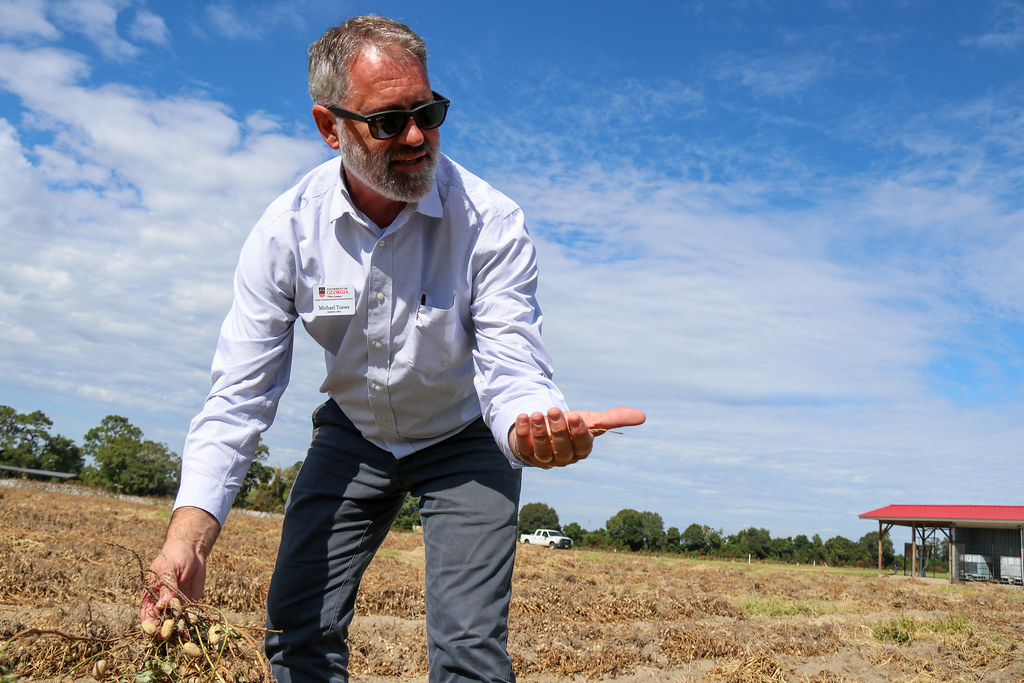It officially turned summer this past weekend and the weather forecast seems to agree, with thunderstorms and warm nights in our future. These conditions are pretty typical for summer in Georgia — and excellent for mosquito development.
As a refresher, all mosquitoes require standing water to complete their life cycle and intermittent showers are very effective at filling containers around our homes and neighborhoods. These containers serve as excellent habitats for the larval stage of a mosquito to develop. Consequently, residents need to be particularly diligent about dumping out anything that can hold water and trying to keep things tidy around their properties this time of the year. The more things you have in your yards and on your porches, patios and decks, the better chance that you’re growing your own mosquitoes.
With all of this in mind, the American Mosquito Control Association (AMCA) has declared the week of June 21 through 27 as National Mosquito Control Awareness Week. This designation serves to educate the public about the significance of mosquitoes in our daily lives and the important service provided by mosquito control workers and the proponents of mosquito biology and surveillance throughout Georgia, the U.S. and the world.
In Georgia, mosquito control is conducted by a wide range of entities from county and town governments to private contractors to homeowners. In addition, the Georgia Department of Public Health and University of Georgia Cooperative Extension conduct surveillance and training programs in an effort to support an integrated pest management (IPM) approach to mosquito control.
The AMCA broadly supports the public health mission of the mosquito control industry and has a wealth of mosquito-related information on its website at mosquito.org. The Georgia Mosquito Control Association also offers resources at gamosquito.org.
Using an IPM approach provides step-by-step methods of mosquito control that anyone can use. The first step is education. It’s important to learn about mosquito biology and where mosquitoes develop. In many areas, it’s in the containers, debris and drainage systems that are right in front of us. This is why, no matter how comprehensive an area’s mosquito control program is, residents must do their part to eliminate potential larval habitats of standing water.
The second step is source reduction. A vigilant “tip or toss” approach — tipping out standing water from flower pots, planters, children’s toys, wading pools, buckets and anything else around your yard that can hold water and tossing out anything unneeded that holds water — will help to minimize local mosquito populations in many instances. Any practice to eliminate standing water and improve drainage will help to limit mosquito populations.
The third step is surveillance. This means getting out there and searching for cryptic, or hidden, larval habitats and working to collect and identify the mosquitoes that are causing the nuisance in a yard or neighborhood. By identifying the pest species, mosquito control practitioners will have a better idea where to look for the larval habitats.
Sometime, this work will show that the mosquitoes causing the problem are coming from swamps or marshes, and using a U.S. Environmental Protection Agency approved larvicide — the fourth step in integrated mosquito management — may be in order. Homeowners can also apply larvicide, using the mosquito dunks that are commonly available in garden and hardware stores to treat small areas of standing water where mosquito larvae, or wigglers, are seen. As with all pesticides, it’s extremely important to carefully read the pesticide label and follow all instructions carefully.
There will be times when the larval mosquito habitats can’t be found or are too expansive to treat with larvicide. In these cases, it is necessary to apply an adulticide — the fifth and final stage of an integrated program. Properly conducted adulticide applications are very effective at reducing the number of mosquitoes present at a given time, but the effects are typically short-lived, as the application is only effective against the mosquitoes that are present at the time of the application.
Adulticide applications require strict attention to pesticide labels and a particular awareness of the need to minimize impacts to pollinators and other non-targets. Communication between beekeepers and organized mosquito control programs has never been more important.
Residents should also be aware that they can help minimize non-target risks. Following these integrated mosquito management practices will reduce the need for adulticide applications. If residents or private contractors are conducting adulticide applications, it is essential to avoid applications around flower vegetation and to try to make applications as late in the day as possible to allow pollinators to return to their nests.
As summer begins, think about what you can do to reduce mosquitoes in your community. Eliminate any standing water, support your community program or government, and help your neighbors. Together we all can work to reduce mosquito populations in our communities. For additional information, see UGA Extension Circulars 1154, 1155 and 1188 at extension.uga.edu/publications.








